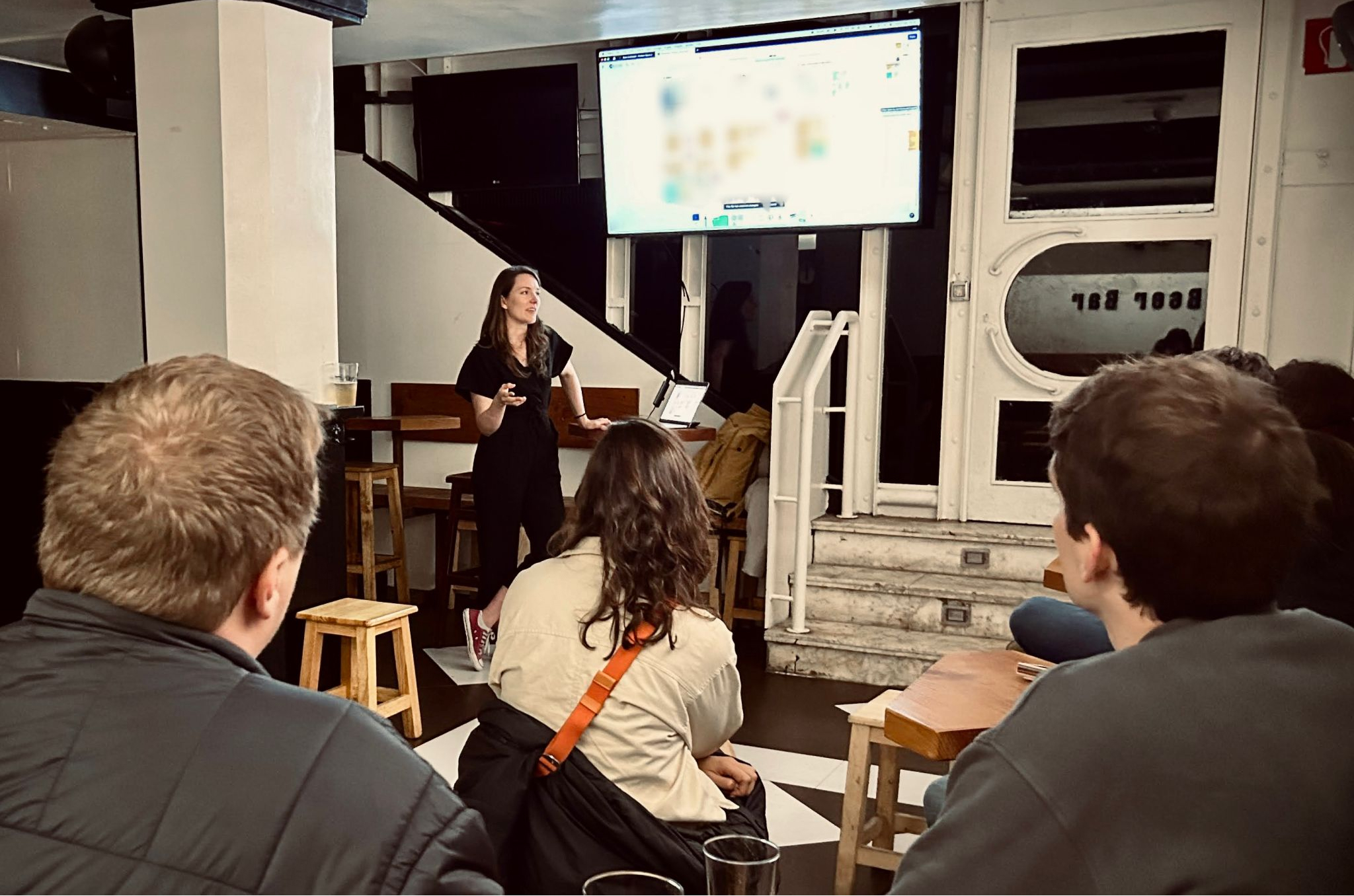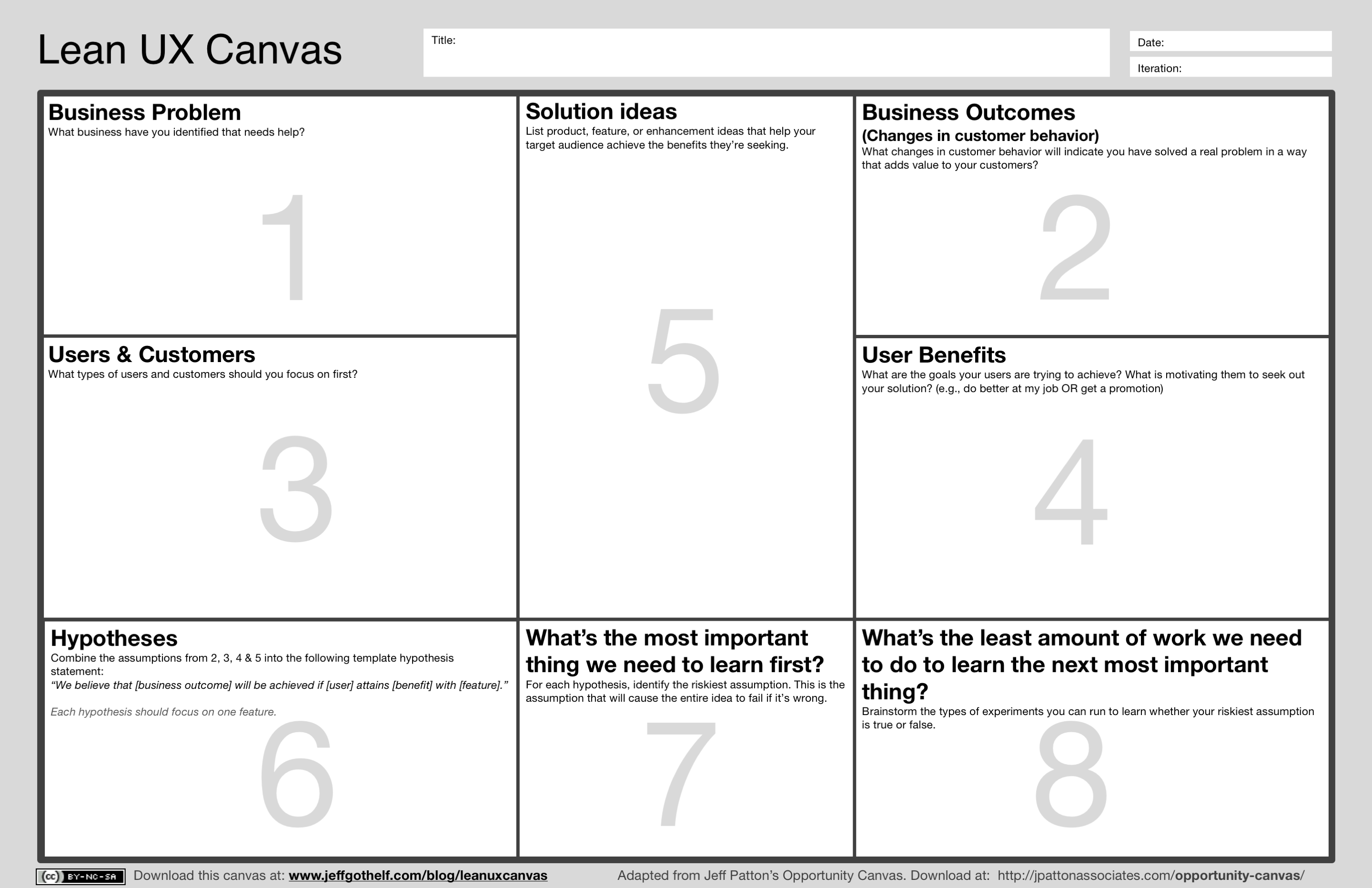An Introduction to my Brain
My way of discovering impactful patterns in research or championing ideas is a combination of a natural inclination to question, a rigorous process, and an insatiable curiosity. You could say it's part of my brain to consider all possible perspectives, being a polyglot who acquired 5 languages over the course of my life.
Today, I'm not just pulling back the curtain on my research and ideation process but also giving you a tour of the pathways that lead me to those 'aha!' moments.
This is an article I've shared with my mentees, which is why it's written as a guidebook!



